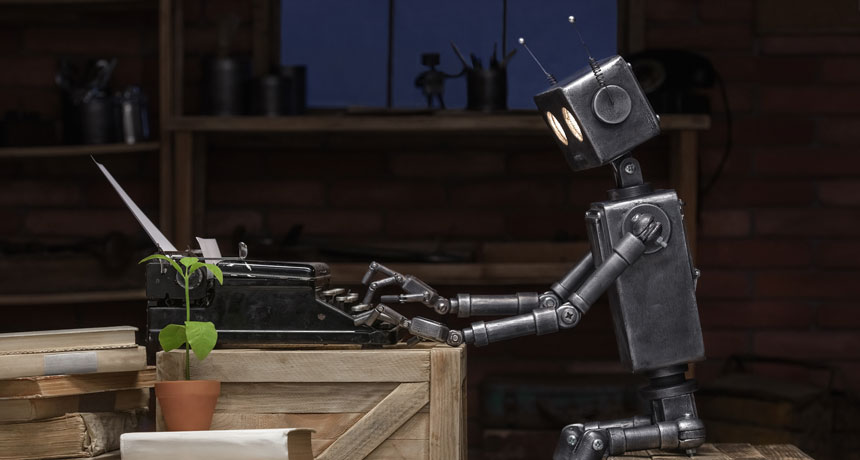
HEADLINE HOW-TO A new analysis of the differences between real and joke headlines reveals a how-to formula for aspiring satirists — human and AI alike.
Vasilyev Alexandr/Shutterstock
- More than 2 years ago
HONOLULU — Good news for aspiring satirists: Scientific analysis of real and joke headlines has uncovered a hack for writing witty one-liners.
To identify the secret ingredients of satire, researchers compared farcical headlines with nearly identical, but unfunny headlines. The investigation, presented January 31 at the AAAI Conference on Artificial Intelligence, revealed a strategy for changing words in serious statements to make them satirical. The technique could help AI write its own jokes or distinguish satire from fake news (SN: 8/4/18, p. 22).
The researchers compiled a dataset of satirical and serious headlines using the online game Unfun.me, where players edit humorous headlines from the satirical publication The Onion as little as possible to make them serious. These tweaks “put a finger onto the exact switch that induces the humor,” says Robert West, a computer scientist École Polytechnique Fédérale de Lausanne in Switzerland. He and coauthor Eric Horvitz, director of Microsoft Research in Redmond, Wash., amassed about 2,800 serious versions of nearly 1,200 headlines.
Most of the joke headlines followed a common logical structure, which West and Horvitz call “false analogy.” Words switched between spoof and serious headlines share a crucial similarity, as well as a fundamental difference.
Consider the humorless headline “BP ready to resume oil drilling” and its comedic counterpart “BP ready to resume oil spilling.” Subbing spilling for drilling works because both share the critical commonality of being activities famously associated with BP, but with one being intended and the other accidental. West and Horvitz identified several types of oppositions between words in serious and satirical headlines, such as modern versus outdated, human versus animal and obscene versus not.
These findings could help programmers create AI systems that better understand and have more natural interactions with humans, says Dan Goldwasser, an AI and natural language processing researcher at Purdue University in West Lafayette, Ind., not involved in the analysis. Other research on computational humor has focused on simply predicting whether a text is comical; a more fundamental knowledge of satire’s structure could help AI understand why something is funny and create humor of its own.
But the false analogy formula alone is not enough to build an AI that cranks out witticisms, Goldwasser says. Knowing what is and isn’t obscene, for example, requires a lot of common sense that AI generally doesn’t have yet.
The insights can also help humans try their hand at satire. After decoding the false analogy pattern, West used the sublime versus mundane opposition to transform the headline “2018 Bordeaux vintage benefits from outstanding grape harvest” into “2018 Pepsi vintage benefits from outstanding high-fructose corn harvest.”
Even for a human, “it’s still hard to make a headline that really punches,” West says. “But at least there is some recipe now.”







